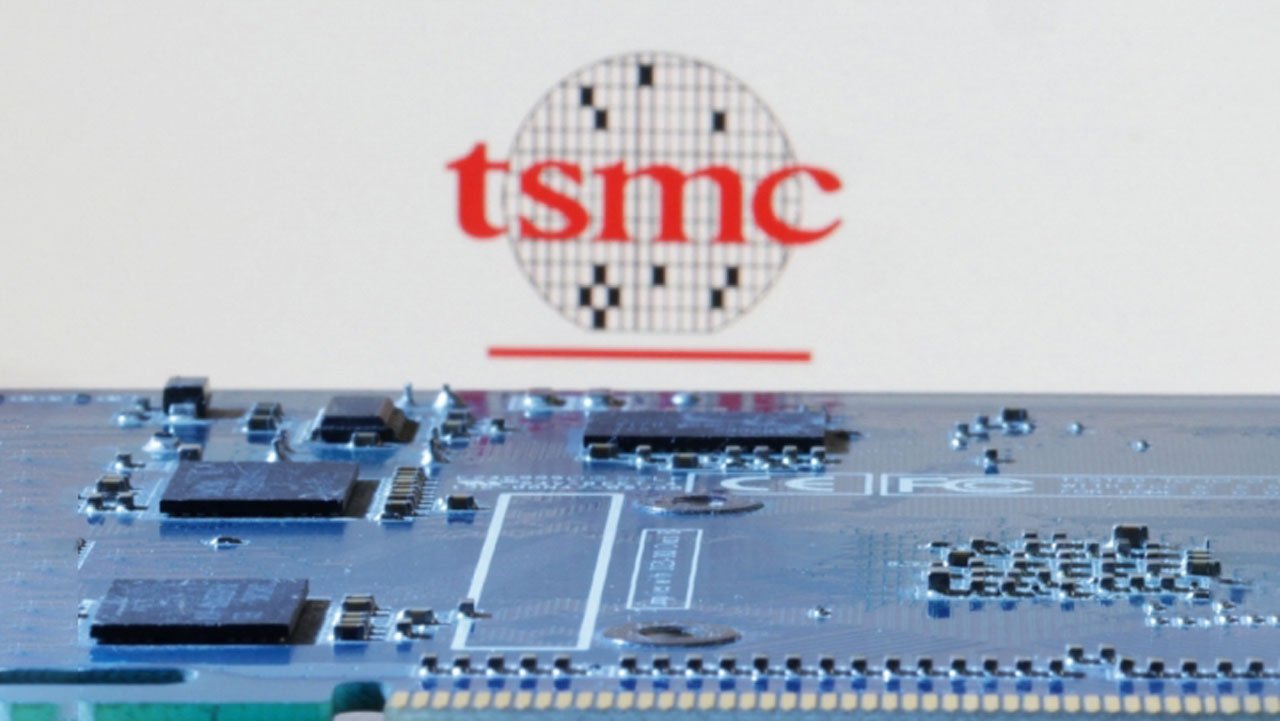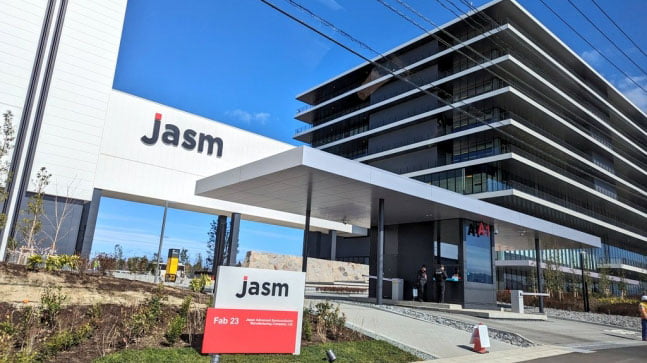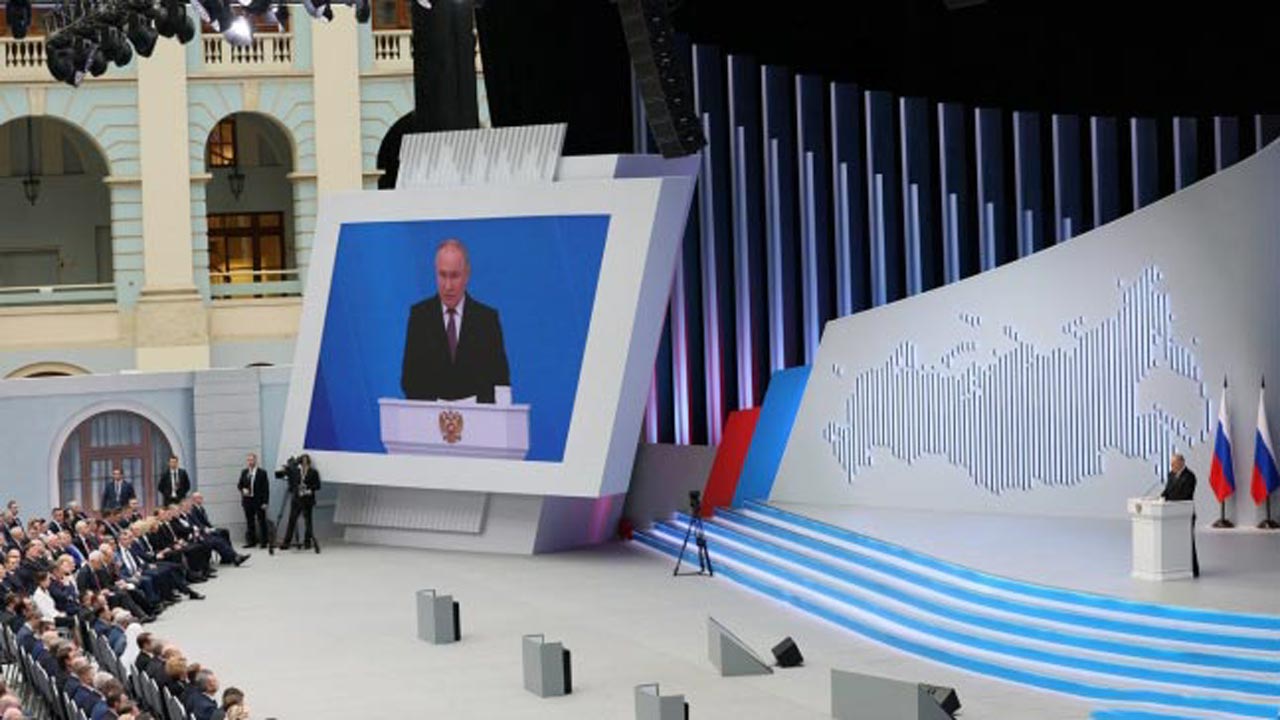Taiwan’s TSMC opened its first factory in Japan, Reason Japanese Rural Villages Are So Excited

“Let’s go over to Korea again” Prime Minister and royal family also come forward? The reason why Japanese rural villages are so excited. Taiwan’s TSMC, the world’s largest foundry (semiconductor consignment production) company, TSMC opened its first factory in Kumamoto Prefecture, Kyushu, Japan on the 24th and began production. Japan plans to use the operation of the TSMC plant as an opportunity to revive its domestic semiconductor industry and regain its status as a semiconductor powerhouse that was lost to Korea and other countries.
According to the Nippon Keizai Shimbun on the 24th, the opening ceremony of TSMC’s Kumamoto Plant 1 was held at 2 PM on the same day with key executives of TSMC, Japanese government officials, and Sony Group Chairman Kenichiro Yoshida in attendance.
The Japanese government and local media continued to make announcements and reports about TSMC even before the factory opening ceremony, attaching great significance to the operation of the Kumamoto factory. In particular, it was reported that the list of attendees at the opening ceremony included Japanese government officials such as Japanese Prime Minister Fumio Kishida, as well as Princess Kako, a member of the royal family.
It is very rare for Japanese royalty to attend the opening ceremony of an overseas company’s factory. Although Princess Kako and Prime Minister Kishida did not attend the opening ceremony, the fact that they were mentioned as attendees shows that Japan has high expectations for the TSMC Kumamoto plant. Industry Minister Saito attended the opening ceremony as a representative of the Japanese government, and Prime Minister Kishida sent a congratulatory message through a video and expressed his intention to support the second Kumamoto plant.
Japanese Minister of Economy, Trade and Industry Ken Saito said in a meeting with TSMC Chairman Liu Dein before the opening ceremony that day, “We look forward to a stable supply of cutting-edge semiconductors,” and that the TSMC plant plays an important role in increasing the competitiveness of Japan’s semiconductor industry. He highlighted the crucial role of cutting-edge semiconductors in enabling advanced technological innovations like generative AI, stating that TSMC stands out as the most essential partner for achieving genuine digitalization in Japan.
Chairman Ryu said, “We were able to realize (the establishment of the Kumamoto factory) because the Japanese government made a forward-looking investment decision. We are also grateful for the support from the Ministry of Economy, Trade and Industry, the Kumamoto Prefectural Office, and local governments.” He added, “Thanks to the support of the government and engineers. “I want to successfully operate the factory,” he responded.
Semiconductors are essential in high-tech industries that will determine the future economy, such as artificial intelligence (AI), electric vehicles, and robots, and countries around the world, including the United States, China, and Korea, are fiercely competing to gain an upper hand in the semiconductor-related market. However, Japan is evaluated as being unable to join this competitive structure and is moving away from the ranks of advanced countries.
It is pointed out that although the company dominated the global market by boasting the best technology until the 1980s, its international competitiveness deteriorated as it neglected talent training and technology development for high-tech industries. NHK said, “Japan’s semiconductor industry has significantly lost international competitiveness, except for some areas such as manufacturing equipment and materials,” and added, “Securing and nurturing technicians is considered a major task to revive the semiconductor industry.”

TSMC’s first factory, located in Kikuyocho, a rural village in Kumamoto Prefecture, has an area of 213,000 m2, equivalent to more than four Tokyo Domes. Established by Japan Advanced Semiconductor (JASM), a subsidiary of TSMC along with Japan’s Sony and Denso, it produces products in the 12~28nm (nanometer, 1nm = 1 billionth of a meter) process. Toyota also recently joined the TSMC plant as an investor.
Considering that the latest process that can currently be mass-produced in the Japanese semiconductor industry is 40nm, the operation of the TSMC plant in Japan could lay the foundation for a major transformation in the local semiconductor industry. For this reason, the Japanese government and the semiconductor industry viewed the operation of the TSMC Kumamoto plant as a signal for the revival of the country’s semiconductor industry and did not spare any active support.
Due to the Japanese government’s active courtship, TSMC decided to establish a second plant in Kumamoto with the goal of operating in 2027, and is also considering construction of a third plant. The second factory produces 6-7 nm products. The Japanese government supported 476 billion yen (about 4.2141 trillion won), which is 40% of the total investment in Kumamoto Plant 1, and plans to provide 730 billion yen to Kumamoto Plant 2, which is scheduled to start operation in 2027. In particular, the subsidy was paid in cash in advance, which is evaluated as helping with the initial investment, which had a heavy financial burden.
Atsushi Osanai, a professor at Waseda Business School, explained to Bloomberg, “By providing large subsidies, the government is suggesting a direction for companies to move forward in. This is reducing the psychological burden on corporate executives who make large-scale investment decisions.” . Gong Ming-xin, a member of the National Development Committee of the Taiwan Executive Yuan (ministerial level), also said in an exclusive interview with Nippon Keizai on the 21st, “Many countries want to cooperate with Taiwan, but the conditions for support are often not set. On the other hand, the Japanese government ( “They showed their determination to host the TSMC plant,” he said, praising the Japanese government’s subsidies and support for infrastructure maintenance.
Chris Miller, a professor at Tufts University in the U.S., compared TSMC‘s Arizona plant currently under construction with the Kumamoto plant and said, “The Japanese government has been less vocal (to attract the TSMC plant). But behind the scenes, it is more active in promoting TSMC than the United States and Europe.” “I would have supported it,” he said. TSMC’s Arizona plant is currently delayed in operation due to issues such as U.S. government subsidies and a lack of talent.
See More:
AI Semiconductor Industry Global Fire Market Reports In The US, Japan, And Europe
Google Discontinues AI Amid Diversity Controversy: What’s Wrong With The Faces
Biden Met With Navalnys Family: More Than 500 Russia Sanctions Imposed Tomorrow
US Odysseus Successfully Lands On The Moon First Private Sector



Leave a Comment